Steven Paul Smith was born in Omaha in 1969 and raised outside Dallas, moving to Portland, Oregon, as a teenager to live with his father—or perhaps more pointedly, to get away from his abusive stepfather. In high school, Smith began to go by a first name that he felt suited him more, Elliott, and recorded songs on a 4-track with his friends.
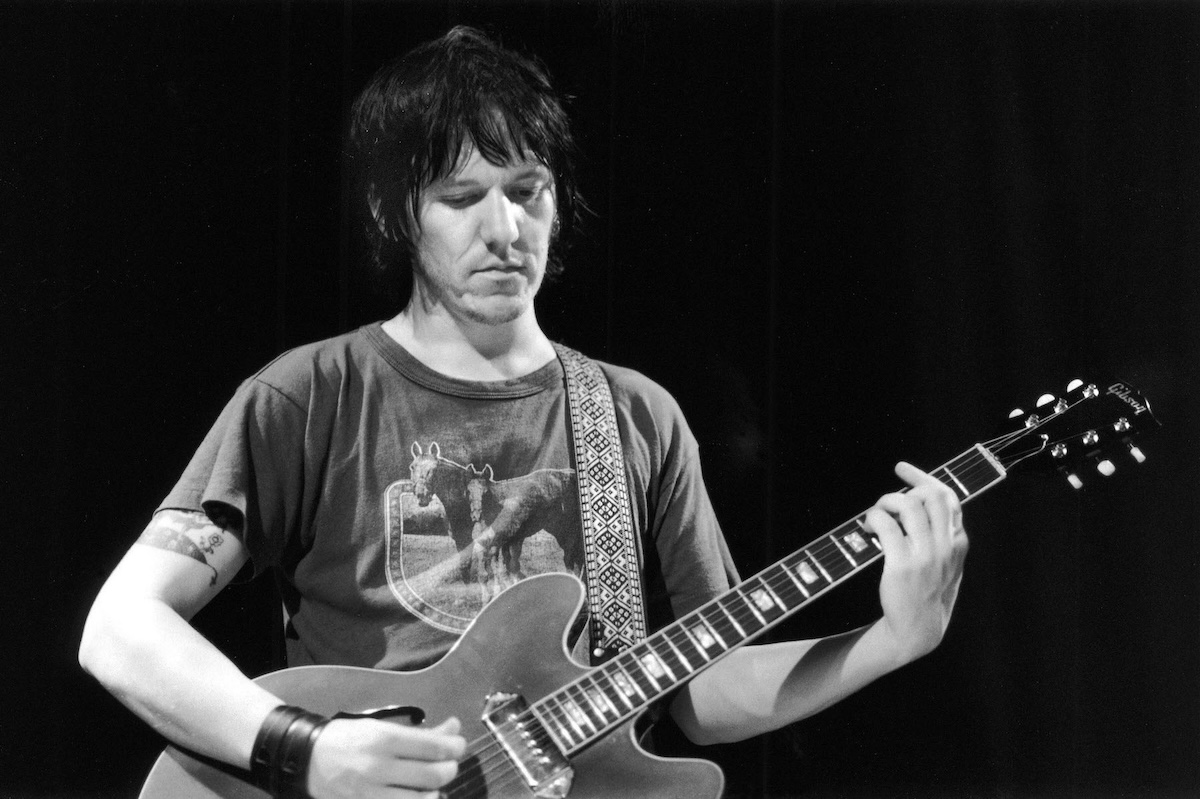
Returning to Portland after college, Smith started the band Heatmiser with co-frontman Neil Gust, releasing three albums of stormy, foreboding indie rock between 1993 and 1996. All the while though, Smith continued making 4-track recordings of quiet, sophisticated solo songs that gained a passionate following, and began to overshadow Heatmiser by the time the band broke up. After writing the Oscar-nominated song “Miss Misery” for Gus Van Sant’s 1997 film Good Will Hunting, Smith signed with DreamWorks Records and made increasingly lavish, expansive albums that retained the raw emotion and inventive arrangements of his indie work.
More from Spin:
- Butcher Brown Effortlessly Obliterate Genres On ‘Letters From The Atlantic’
- Four Tet, Orbital, Chino Moreno Remix The Cure’s ‘Lost World’
- TAKAAT Find Their Own Path Through Desert Rock

Smith wrestled with addiction and depression throughout his brief but prolific career, and died in 2003 of mysterious and possible self-inflicted stab wounds at the age of 34. Smith’s fifth solo album Figure 8, the last album he completed and released in his lifetime, came out 25 years ago on April 18, 2000. Where does it rank in a catalog that has only become more beloved and influential in the decades since his tragic death?
12. Dead Air with Heatmiser (1993)
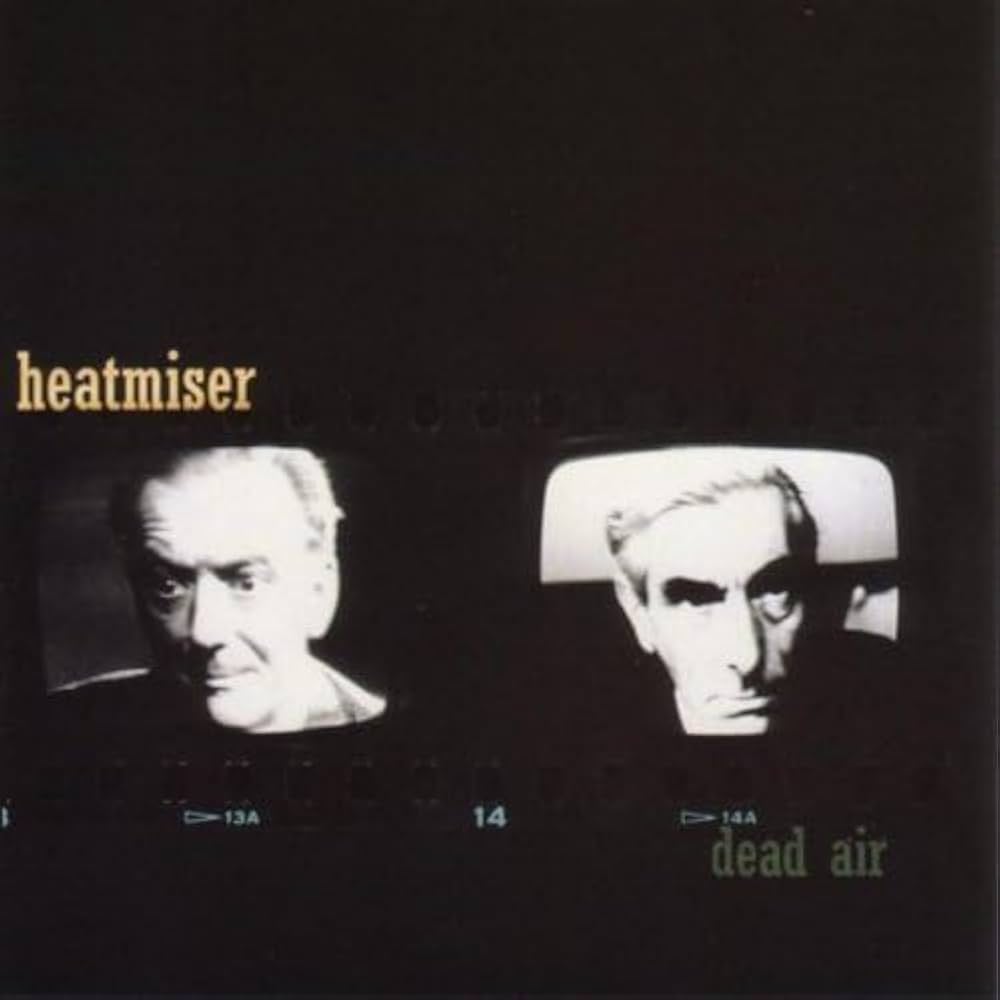
Elliott Smith and Neil Gust met and began making music together in 1987 at Hampshire College in Massachusetts, both eventually relocating to Portland and forming Heatmiser. The band’s first album is the only one where Smith and Gust’s voices sound so similar that it can be hard to tell their songs apart, although Gust garnered more attention at the time for his frank lyrics about queer love and sex on “Candyland” and “Can’t Be Touched.” With the Sub Pop-style thud of Poison Idea drummer Steve “Thee Slayer Hippie” Hanford’s production and simple one-word choruses like “Stray,” Dead Air largely conforms to the conventions of early ’90s Pacific Northwest indie rock, with Smith’s melodic gifts only briefly shining through on “Mock-Up” and “Blackout.”
11. Live at Umbra Penumbra (2020)
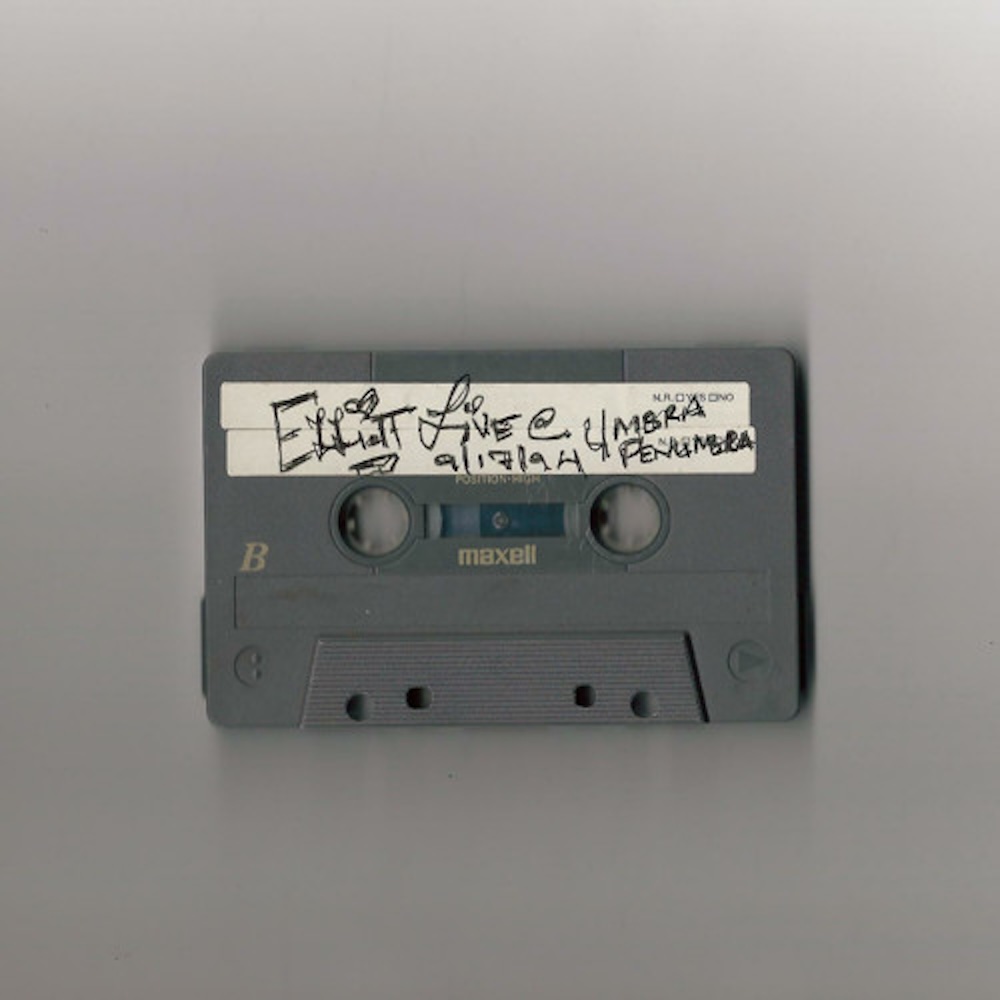
Aside from 2004’s five-song Live at Largo EP, there have never been a lot of officially released Smith live recordings. For the 25th anniversary of his self-titled album, Kill Rock Stars packaged the studio set with a live album of the earliest known recording of one of his solo shows from September 1994. Smith performed at the Portland coffeehouse Umbra Penumbra two months after the release of Roman Candle, and you can hear him gain confidence and comfort with his audience over the course of the performance. The set opens with one of Smith’s greatest non-album B-sides, “Some Song,” a song that directly references abuse by his stepfather Charlie Welch (“Charlie beat you up week after week”). At the end, Gust joins Smith for a Heatmiser song they’d just written earlier that day, “Half Right.”
10. Heaven Adores You (Original Motion Picture Soundtrack) (2016)
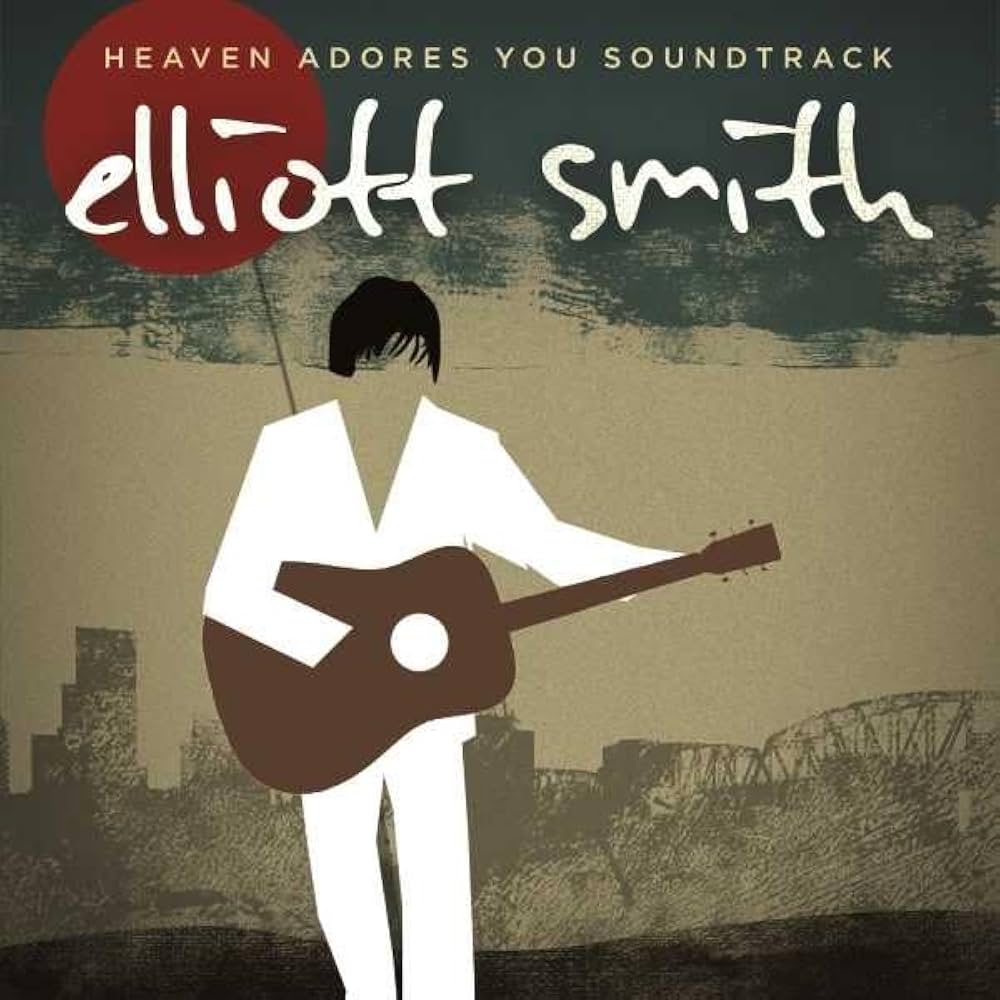
Director Nickolas Rossi’s documentary Heaven Adores You pulls together a portrait of Smith’s life from photos, concert footage, media appearances, and interviews with friends and collaborators. Similarly, the film’s soundtrack album feels like an intimate scrapbook of demos, alternate versions of songs, and a “Late Night with Conan O’Brien” performance that I stayed up to watch when I was in the 10th grade. The soundtrack wouldn’t make a great introduction to Smith’s music, but it’s full of fascinating material for hardcore fans. The previously unreleased tracks range from a whimsical song he recorded as a teenager, “I Love My Room,” to a haunting late-period song about addiction, “True Love.” One especially intriguing selection is a great Heatmiser recording of “Christian Brothers” that makes you wonder if the band could have remained together as a vehicle for Smith’s quieter songs. “There is much more to Heaven Adores You than endearing scraps, none of them are more important than the version of ‘True Love’ that appears here,” Jayson Green wrote in the Pitchfork review of the soundtrack album.
9. Cop and Speeder with Heatmiser (1994)

You can hear Heatmiser’s two frontmen start to diverge and form more distinct voices and songwriting styles on Cop and Speeder, to the point that it almost sounds like the work of two different bands. “Temper” and “Collect to NYC” in particular sound like Smith solo songs with fuzz pedals and splashier drumming, while Gust was still writing fast, aggressive songs like “Hitting on the Waiter.”
8. Roman Candle (1994)
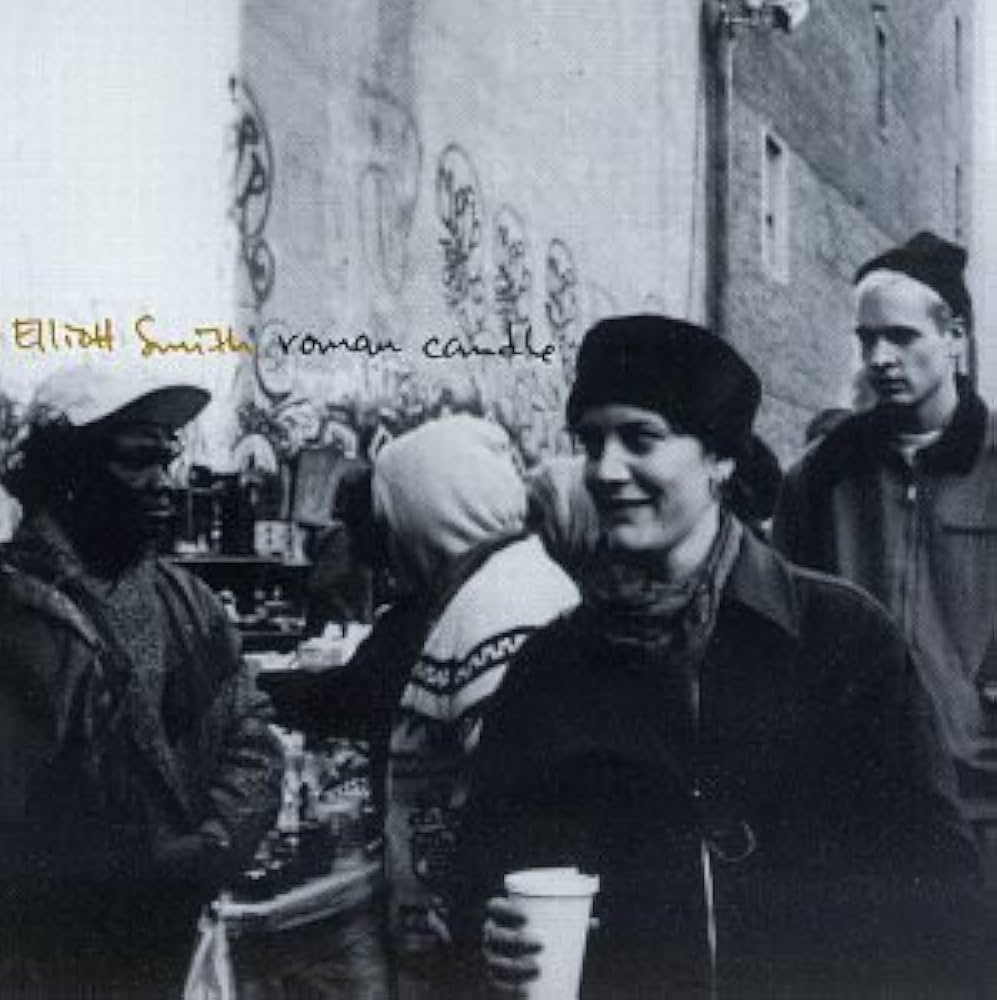
Roman Candle was the first time Smith got to establish his voice outside of Heatmiser (although it’s Gust, not Smith himself, who appears in the album’s cover photo on the far right). Smith recorded the album in girlfriend/Heatmiser manager JJ Gonson’s basement, and she brought his songs to the attention of the label that would release the album, Cavity Search. Gonson was the subject of at least a few of Smith’s songs, and she also co-wrote “No Name #1,” which began the unofficial tradition of some of his most beautiful and striking compositions bearing nondescript titles.
7. New Moon (2007)
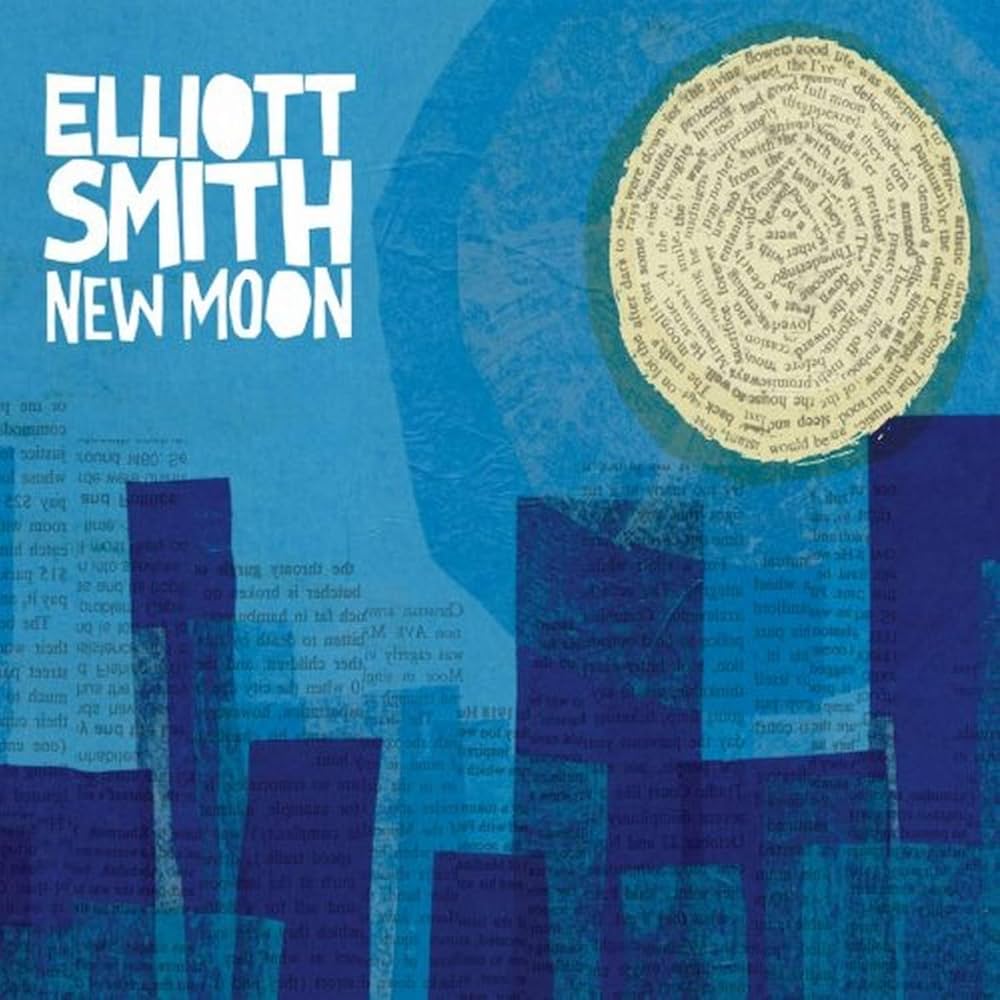
Kill Rock Stars was planning a 10th anniversary expanded reissue of Either/Or when the label decided it had so much material that the 24 tracks would be released as a posthumous album. Aside from a cover of Big Star’s “Thirteen” and alternate versions of “Miss Misery” and a couple Heatmiser tracks, New Moon is a bounty of previously unreleased songs from Smith’s fertile mid-’90s period. Little of the collection feels like a revelation, but “All Cleaned Out” has an irresistibly catchy melody, “Either/Or” is the would-be title track to one of Smith’s masterpieces, and “New Monkey” has a bigger, fuller sound than just about anything on other KRS releases.
6. From a Basement on the Hill (2004)

Elliott Smith wrote and recorded a lot of music in the last three years of his life, a period in which his substance abuse issues worsened and his live performances became erratic and inconsistent. He’d planned to self-produce a double album to follow up Figure 8, and at the time of his death had been making plans with an engineer to mix down the album. Rob Schnapf and Joanna Bolme were hired by Smith’s family to posthumously complete From a Basement on the Hill, and it’s bittersweet to hear him still creating moving songs with remarkable musicianship right up to the end. There are a handful of guest musicians, including Flaming Lips drummer Steven Drozd on the rumbling, muscular opener “Coast to Coast,” but Smith played nearly everything on the album. The murky psychedelic touches on “King’s Crossing” and “Shooting Star” contrast with the crisp sound of his DreamWorks albums, and songs like “A Fond Farewell” and “A Distorted Reality is Now a Necessity to Be Free” provide an uncomfortable but compelling window into Smith’s final days.
5. Mic City Sons with Heatmiser (1996)
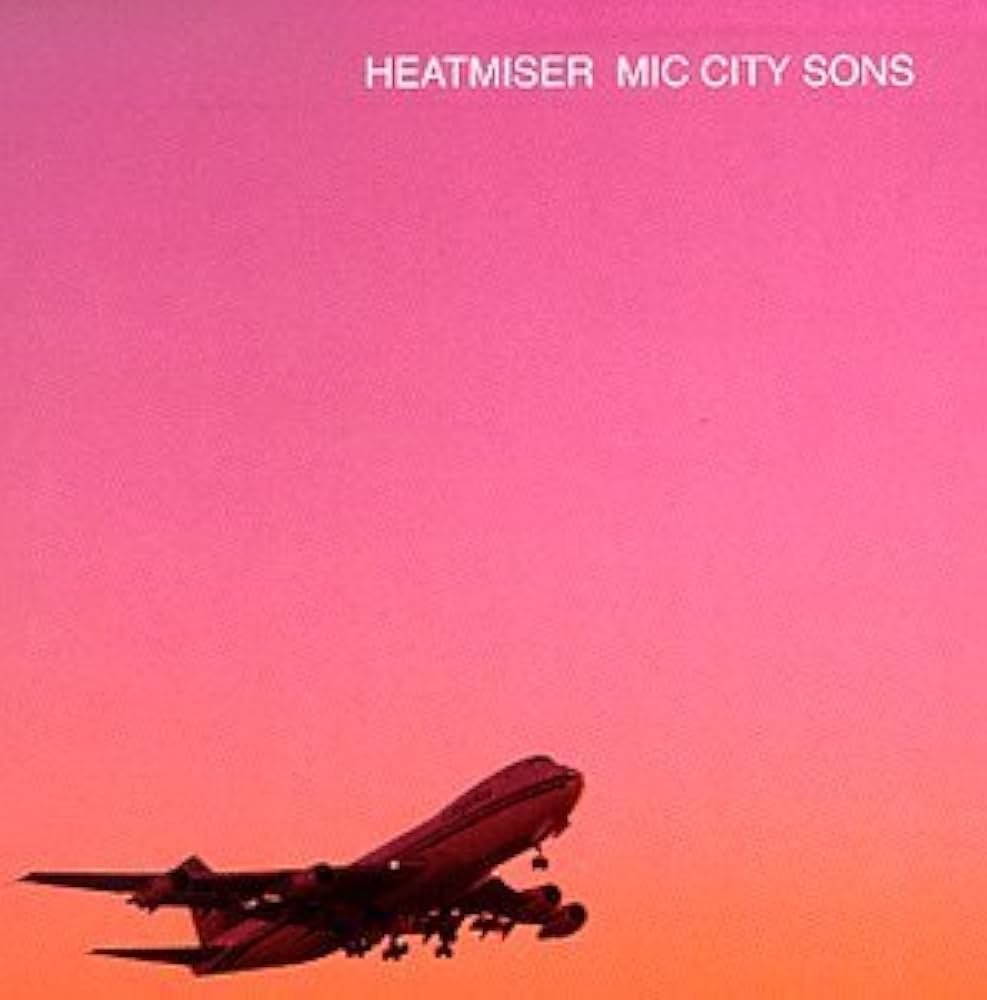
Heatmiser bassist Brandt Peterson left in 1994 and was replaced by Quasi frontman Sam Coomes, who’d remain a frequent collaborator with Smith onstage and in the studio for years to come. Heatmiser didn’t last much longer, though, and Mic City Sons is one of those sad instances of a band splitting up just as they’d made their best album. The band had signed to Virgin Records, but Mic City Sons wound up being quietly released on its smaller sister label Caroline when Heatmiser didn’t stay together to tour in support of it. The video for “Plainclothes Man” did get some airplay on MTV2, which was my introduction to Smith’s music. “Get Lucky” is one of the few Elliott Smith songs that could be described as swaggering, and “Eagle Eye” and “Rest My Head Against the Wall” are some of best work of Gust’s career. Despite the acrimonious breakup, Gust and Smith remained friends, and the last time they saw each other in 2002, they collaborated on “Who’s Behind the Door?” by Gust’s band No. 2, and discussed making another Heatmiser album. “Heatmiser delivers the freshest integration of folk’s pensiveness, punk’s honesty, and pop’s tunefulness since the Pixies,” Ethan Smith wrote in the Entertainment Weekly review of Mic City Sons.
4. Elliott Smith (1995)
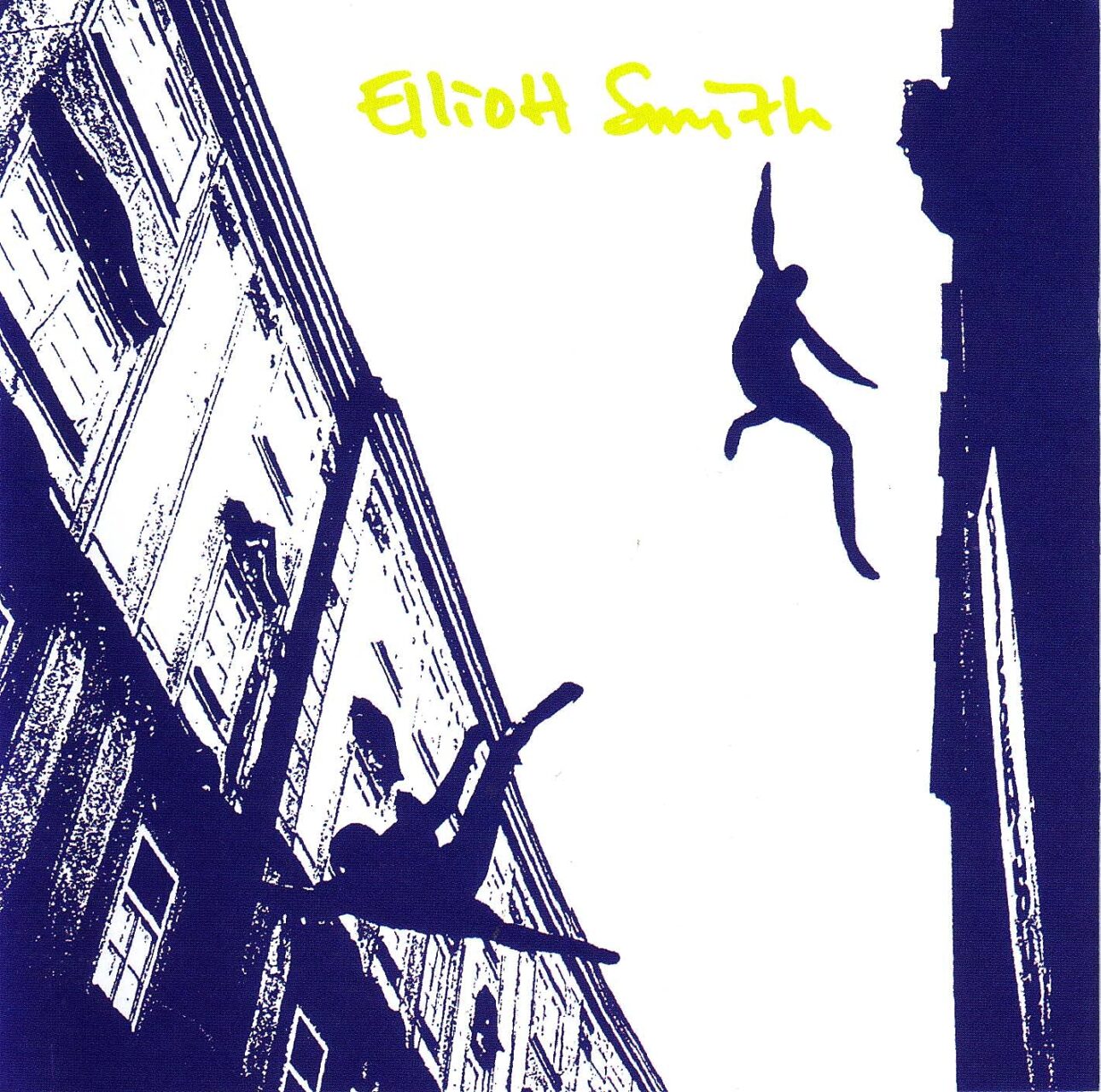
The Portland label Kill Rock Stars became a cornerstone of the Northwestern indie scene in the early ’90s, releasing an eclectic assortment of punk, riot grrl, and spoken word records. Still, a quietly tuneful acoustic singer-songwriter album like Elliott Smith’s self-titled sophomore effort stood out on KRS’s roster, and some people didn’t know what to make of this guy who sounded like a hybrid of Paul Simon and Nick Drake. “St. Ides Heaven” and “The Biggest Lie” are breakthroughs that establish Smith’s unparalleled ability to pair sweet melodies with barbed, complex emotions, and the album’s stunning opener “Needle in the Hay” later soundtracked a harrowing scene in Wes Anderson’s 2001 film The Royal Tenenbaums.
3. Figure 8 (2000)
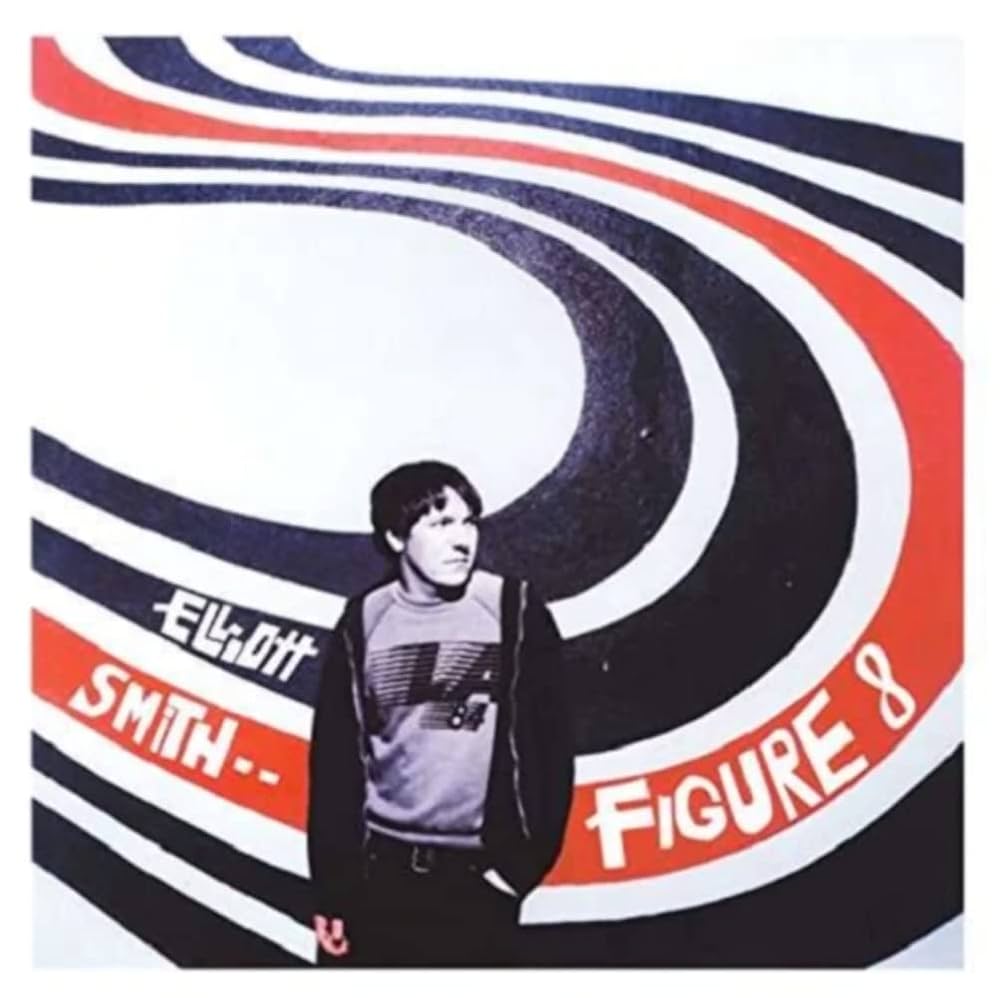
Smith may have been a reluctant celebrity who didn’t relish doing press and promotional appearances on radio and television, but he got as close as he ever did to sounding like a rock star on Figure 8. “L.A.” and “Can’t Make a Sound” have some of the slouching majesty of a Neil Young and Crazy Horse record, and the singles “Happiness” and “Son of Sam” are classic examples of Smith songs that would have been hits in a bygone era. The only time I saw Smith live, on the tour in support of Figure 8, he concluded a fantastic set with a surprisingly faithful cover of Blue Oyster Cult’s “Don’t Fear the Reaper.” Smith was photographed in front of a mural on Sunset Boulevard for the album’s cover photo, and after his death that wall became an iconic site for mourning fans to visit and leave tributes or scrawl graffiti of his lyrics.
2. XO (1998)
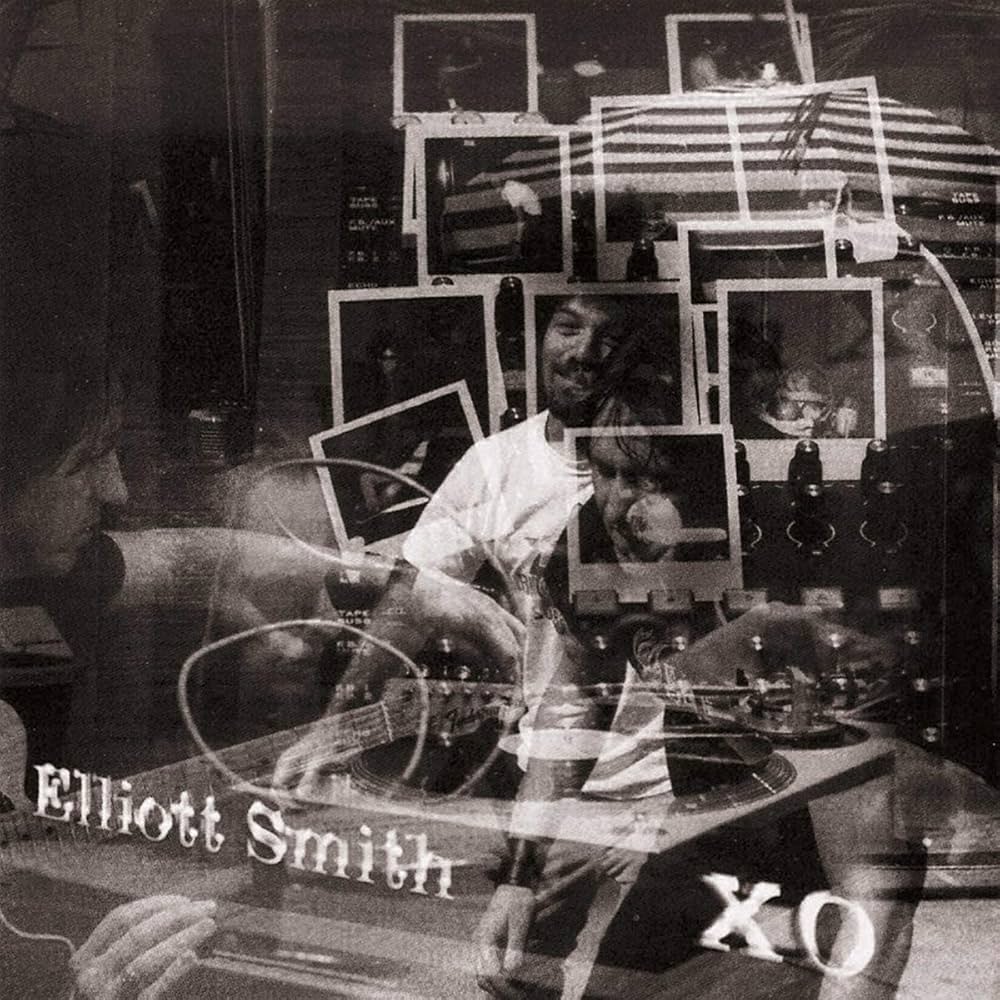
DreamWorks Records was launched in 1996 and run by veterans of Asylum Records and Warner Bros. Records who’d frequently sign young artists that recalled the ’70s singer-songwriter boom they’d helped foment, including Rufus Wainwright, Citizen Cope, and Elliott Smith. Working with a major label budget in big L.A. studios like Sunset Sound and the Sound Factory, Smith’s music blossomed into opulent orchestral pop like “Sweet Adeline” and “Waltz #2 (XO).” Co-producers Rob Schnapf and Tom Rothrock, who’d risen to prominence working on Beck’s Mellow Gold, snuck in some more modern touches like the drum loop on “Independence Day” without getting in the way of Smith’s aspirations of becoming a modern day Brian Wilson or Paul McCartney. “His self-recording apprenticeship prepared him for the confident, idiosyncratic, richly intimate sonics of XO – the arrangements perpetually dissolve and reintegrate in a way that could only be pulled off by someone who used to have to do everything himself,” Douglas Wolk wrote in the SPIN review of the album.
1. Either/Or (1997)
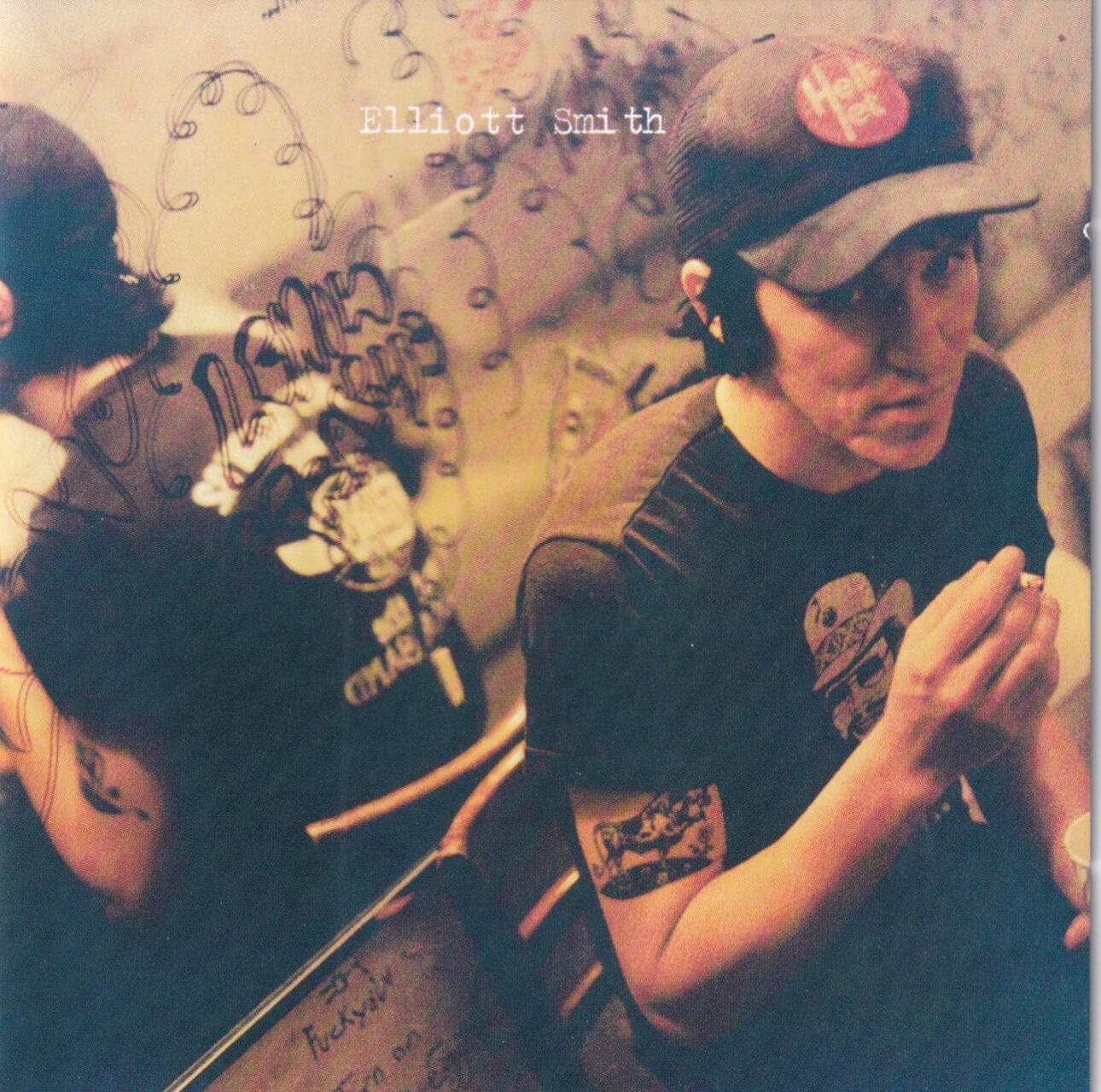
In the last two minutes of Elliott Smith’s third solo album, he audibly clears his throat, takes a breath, and delivers the loveliest, most romantic song of his career. Smith still tempers his pop instincts with blunt language on “Say Yes” (“Situations get fucked up and turned around sooner or later”), but coming after Either/Or’s darkest, most fragile moments like “Speed Trials” and “2:45 AM,” the closing track appears like a beautiful sunrise. One of the finest indie rock albums of the 1990s, Either/Or slowly infiltrated pop culture, with several songs appearing in Good Will Hunting alongside “Miss Misery,” and dozens of artists, from Madonna to Beabadoobee and Good Charlotte, have covered “Between the Bars.”
To see our running list of the top 100 greatest rock stars of all time, click here.



